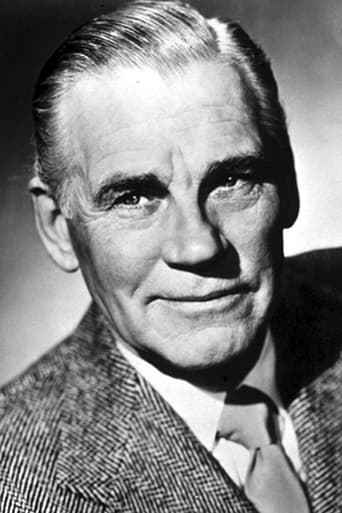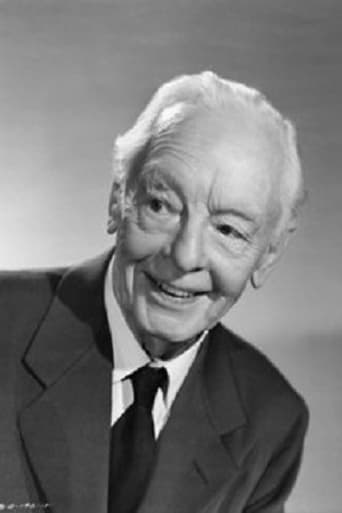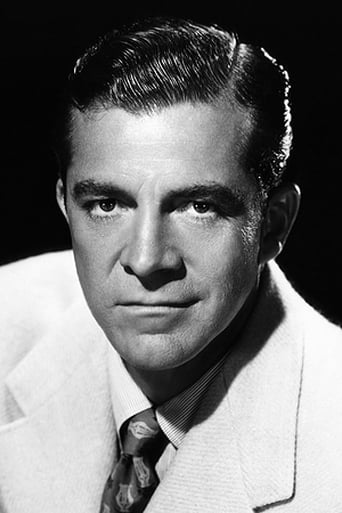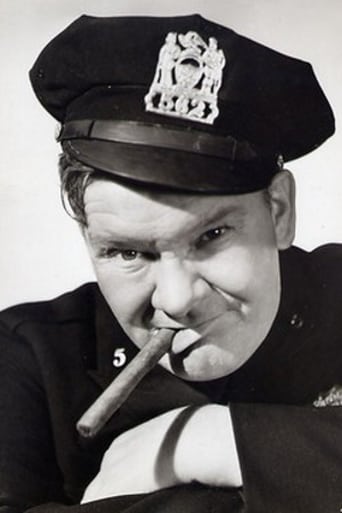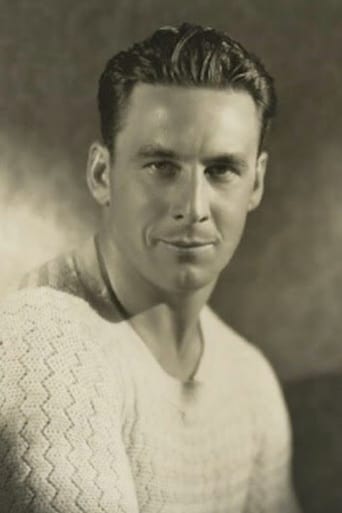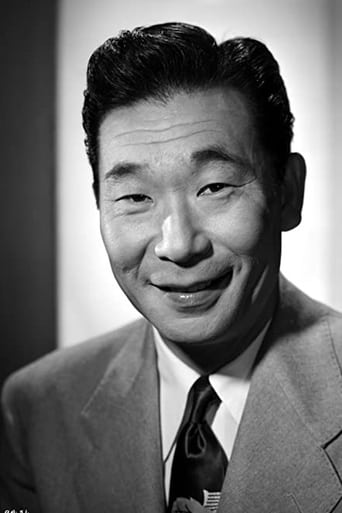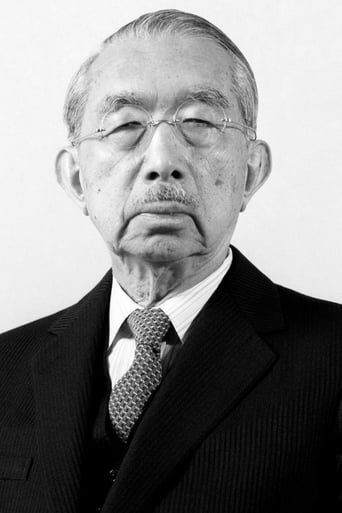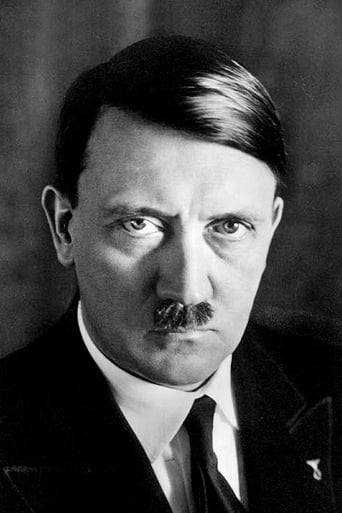
"Docudrama" about the bombing of Pearl Harbor on December 7th, 1941 and its results, the recovering of the ships, the improving of defense in Hawaii and the US efforts to beat back the Japanese reinforcements.
Similar titles
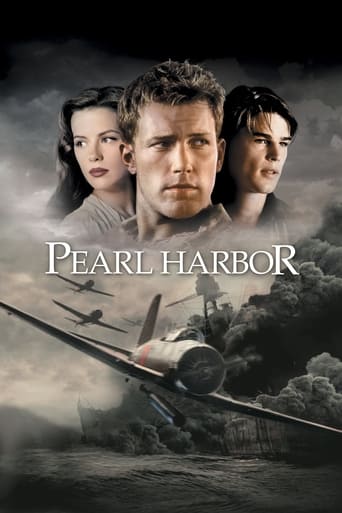
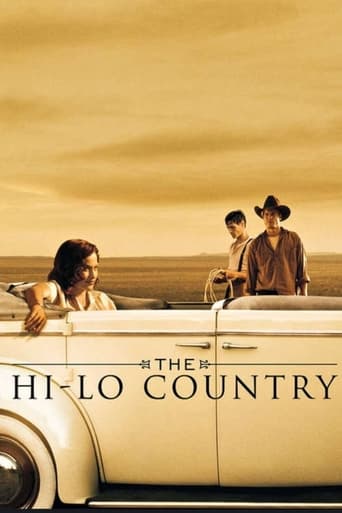
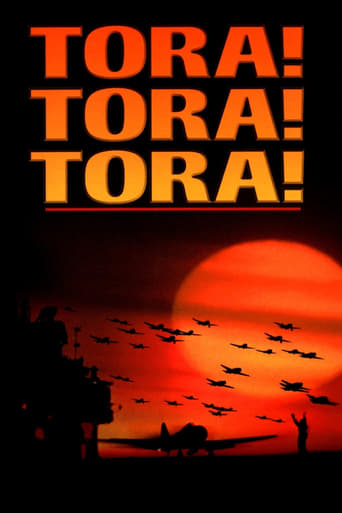
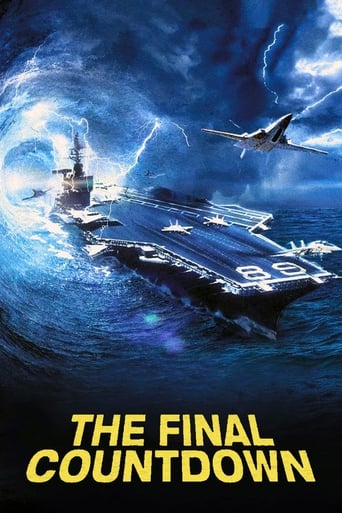
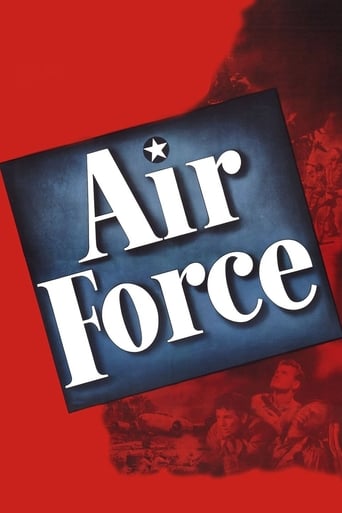

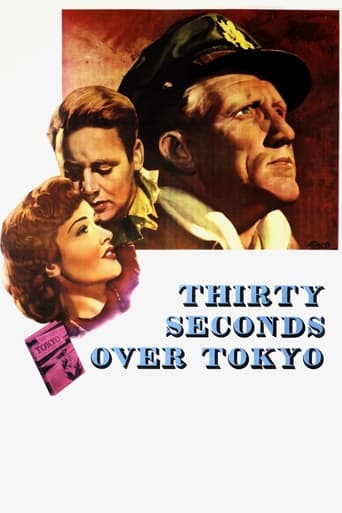
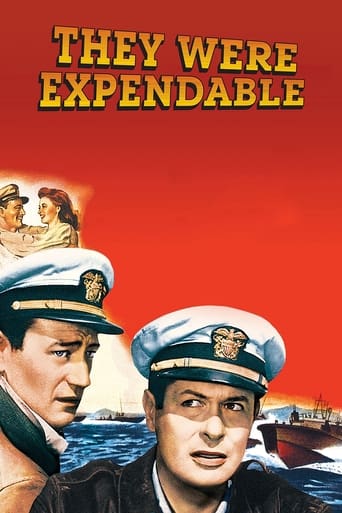

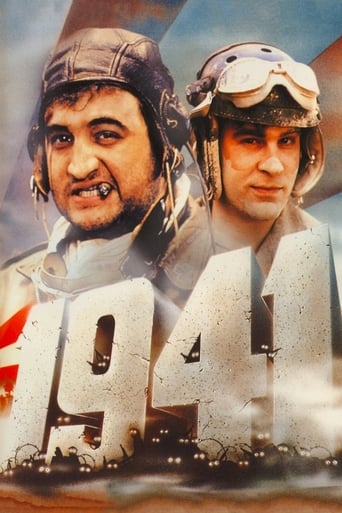
Reviews
Best movie ever!
A waste of 90 minutes of my life
The film makes a home in your brain and the only cure is to see it again.
A terrific literary drama and character piece that shows how the process of creating art can be seen differently by those doing it and those looking at it from the outside.
This was solid. Recently I have taken an interest in both the propaganda films and wartime documentaries of World War II from both sides. I especially wanted to see this, since I love Ford's 'They Were Expendable' so much. Definitely worth the effort to find if you have a similar inclination for the material.I have always wondered if a truly 'objective', 'unbiased' documentary can be made. Simply the decisions a director makes in what to capture and what not to makes such a gesture impossible, doesn't it? I especially feel this is the case when it comes to nationalistic documents, such as this.I have NO idea what its competition was, but this deservedly won Ford an Oscar for Best Documentary: Short Subject--this was a fine work he was well to be proud of.
Here's the explanation for this film.In President Roosevelt's judgment, the 110,000 American citizens of Japanese descent living on the West Coat were a terrible threat to national security during ww2. Accordingly, they had been interned in concentration camps, suddenly and brutally. Obviously, the 160,000 Japanese-Americans on Hawaii posed an even greater threat, since Hawaii was the most critical American base in the Pacific. Roosevelt wanted these potential subversives locked up as well, and the task of December 7th was to argue for this necessity by indicting the loyalty of 160,000 Hawaiian citizens.But something rare in recent American history occurred. The military governor of Hawaii, General Delos Emmons said, in so many words, "Nuts, I won't do it!" And he prevailed. The Nisei stayed free. Accordingly, December 7th's denunciation of their disloyalty was replaced with a tribute to their patriotism. And not a single hostile act by a Japanese- American was reported during the war.Hawaii's successful defiance of Roosevelt is an ignored event in American history — not surprisingly, because it gives the lie to the excuse that continued internment of 110,000 people (mostly Californians) through almost four years of war (and the effective confiscation of their property to the profit of their neighbors) was an understandable precaution in the heat of the moment.Ford and Toland, whatever their sentiments at the time, were following orders. A year after the war was over, in December 1946, Ford made a point of depositing in the National Archives an 82-minute print, unreleased (but now on DVD), containing Toland's unreleased sequences preceding the 34- minute released sequences. As a single film it makes no sense: the second part contradicts the first, blatantly. Yet it documents a government policy that we have forgotten ever even happened.
ANYONE WHO HAS visited the U.S.S. ARIZONA MEMORIAL at Pearl Harbor, in Hawaii will be interested in any film that relates to the attack of December 7, 1941. The devastation of that first Sunday in December was designed by the forces of Imperial Japan to render Uncle Sam impotent to do anything while the tentacles of "the Greater East Asia Co Prosperity Sphere"(Japanese Empire for short)stretched out across the Phillipines, Hong Kong, Malaya, Indonesia and many other islands.WELL SCHULTZ, NO matter how bad things were at that low point, we rebounded and got our industry geared up for War Production. We believe it was Japanese Admiral Yamaoto who said: "We have only succeeded in awakening a Slumbering Giant!" (maybe it was "Sleeping Giant!") RATHER THAN BEING a Documentary, a Drama or even a Docu-Drama, the film emerged as a true Fantasy. It features a vacationing Uncle Sam (Walter Huston) looking over and evaluating the then U.S. Territory of Hawaii. He is soon joined by a "Mr. C" (for Constitution? played by Harry Davenport). The imaginary pair start a lively and deeply analytical discussion about the history, geographical importance and demographical breakdown of Hawaii.IT IS MADE perfectly clear that the majority components of the Territory was not Caucasain*, but rather of an Asiatic origin from China, the Phillipines and other lands. But the single largest component of the peoples here are of Japanese descent.THE FILM IS careful to show all of the positive side of the business, social and especially family structure of the Japanese American. Without having to resort to any fanciful speculation or slanted views, the characters make the case in favor of these Neisi folks. The storyline centers on the issue of "different" peoples' having similar likes, needs and abilities. The words "Race" and "Racisim", which are so commonly thrown about in today's media, are absent from this celluloid dissertation.ODDLY ENOUGH, THE storyline then takes a sharp turn in demonstrating just how little bits of info can be woven into big time espionage and a clear and present danger to our security. An imaginary scenario is presented that portrays that not all Axis Spies in the Pacific are Asian; as we have the Japanese Consulate being briefed by a Nazi German agent. Wisely, the adage of "the slip of the lip can sink a ship" is demonstrated with German operatives eavesdropping on people engaged in pertinent info in restaurant.AS WELL INTENDED and truthful that this scene was, we can't help but feel that it was an indicator of the mentality behind the Japanese Relocation Centers created by FDR at the behest of California Governor Earl Warren.THE MILITARY RELOCATION Camps are, in retrospect, one of the Darkest Days in our History and a shameful display of governmental abuse. (Ironically there was not even one case of sabotage or collaboration with the Axis Powers by a Japanese American; although the same can't be said for Germans, who weren't interned.) THE MOVIE FINISHES up with some hopeful words of wisdom from some Soldiers, Sailors Marines and Airmen who died on that "Day of Infamy", whose spirits told their stories.IN WHAT WAS a fine and genuinely heart felt gesture to the families of those who gave their all on 12/7/41, Family Members of several young Servicemen appear to honor their Sons.WHEN VIEWING THIS movie today, we must at least try to see it through the lens of time. Remember, it was big war and very scary.
This is a well made Hollywood movie about Pearl Harbor. Director John Ford working for the government made this film after the attack as a motivational and propaganda film. The vast majority of the film is staged as there was no footage of the actual attack. The only real footage is the aftermath of some of the ships burning. That being said Ford attention to detail has lead many to believe that the shots of the Japenese planes where real. In reality they were Duantless Dive-bombers. Further the movie tends to downplay the losses of the United States while encouraging the anti-Japenese ideals of the day. Overall this is a good movie and a fairly accurate retelling if one remembers that it is not actual footage and rather a sound stage for the most part. Those interested in real battle footage should look to Ford's Battle of Midway which is entirely real footage and is even in color.
Top Streaming Movies














